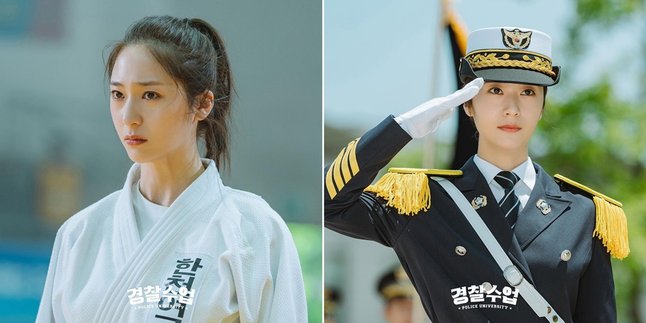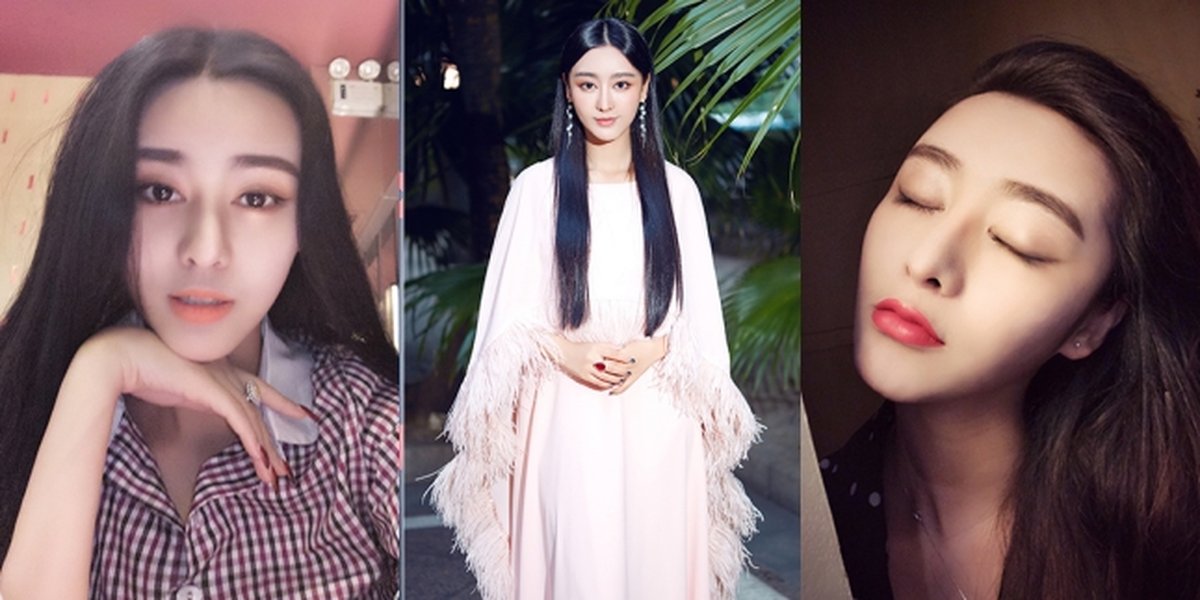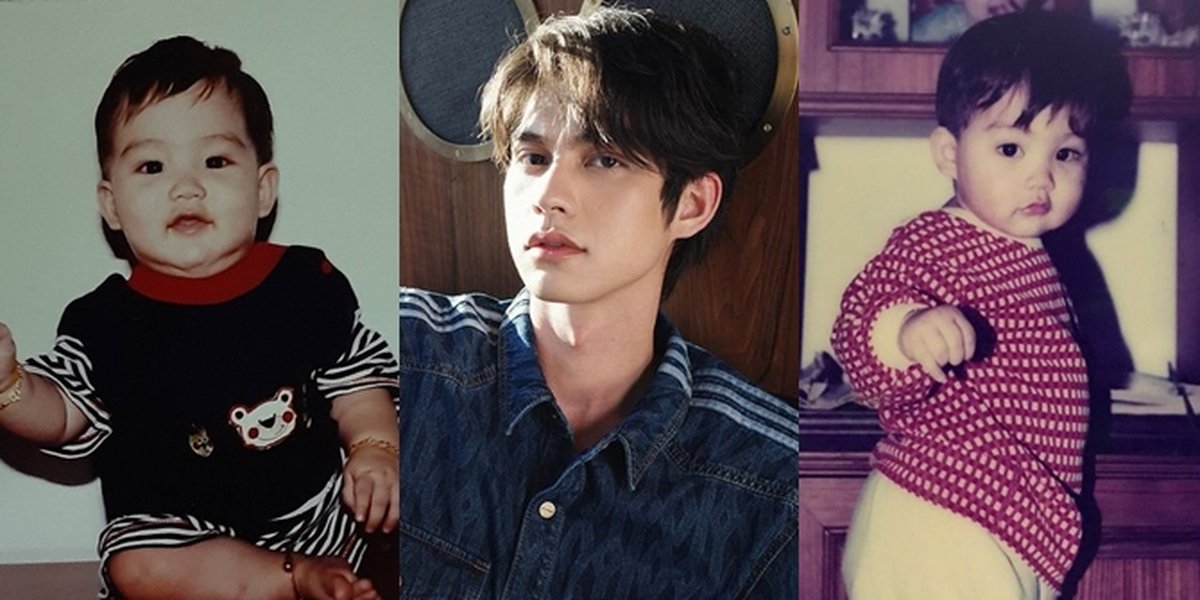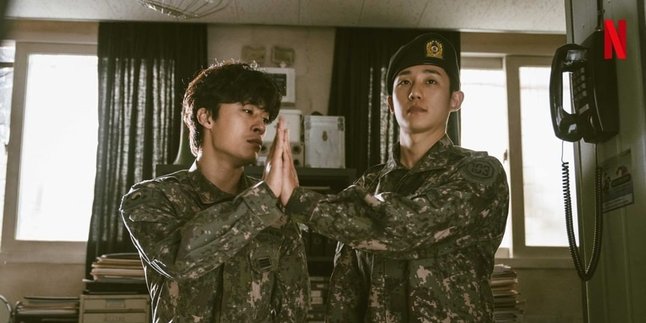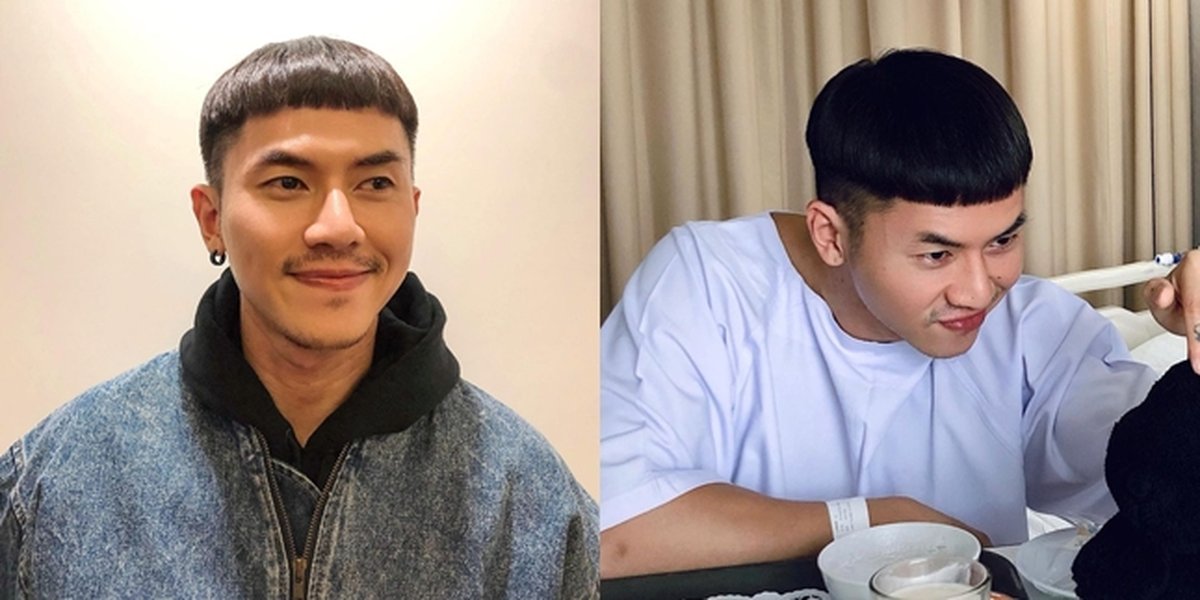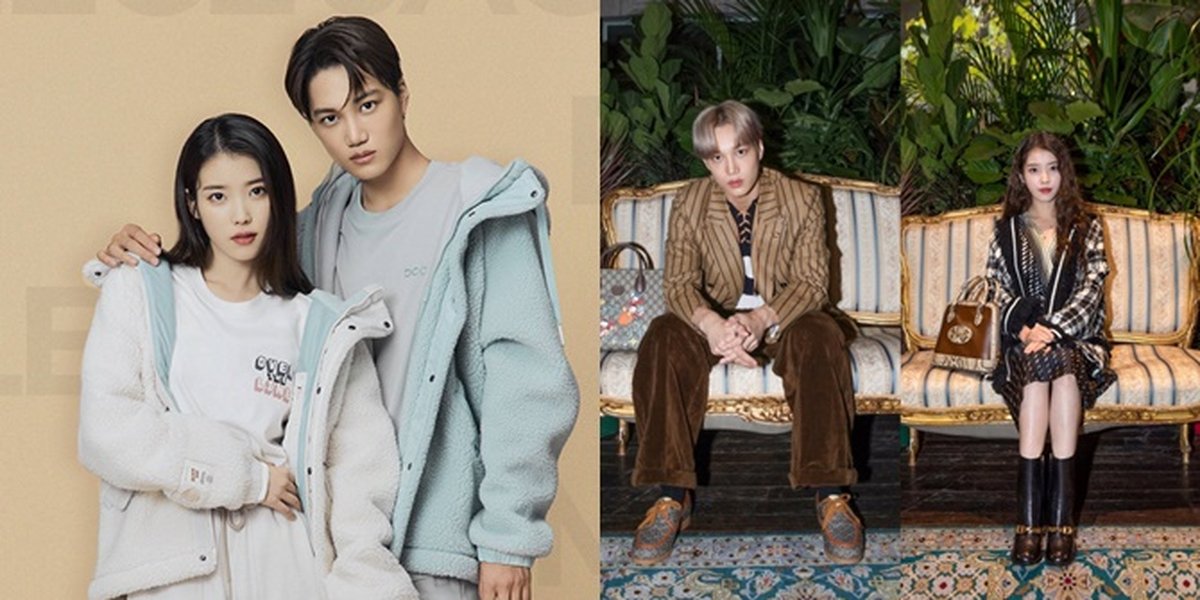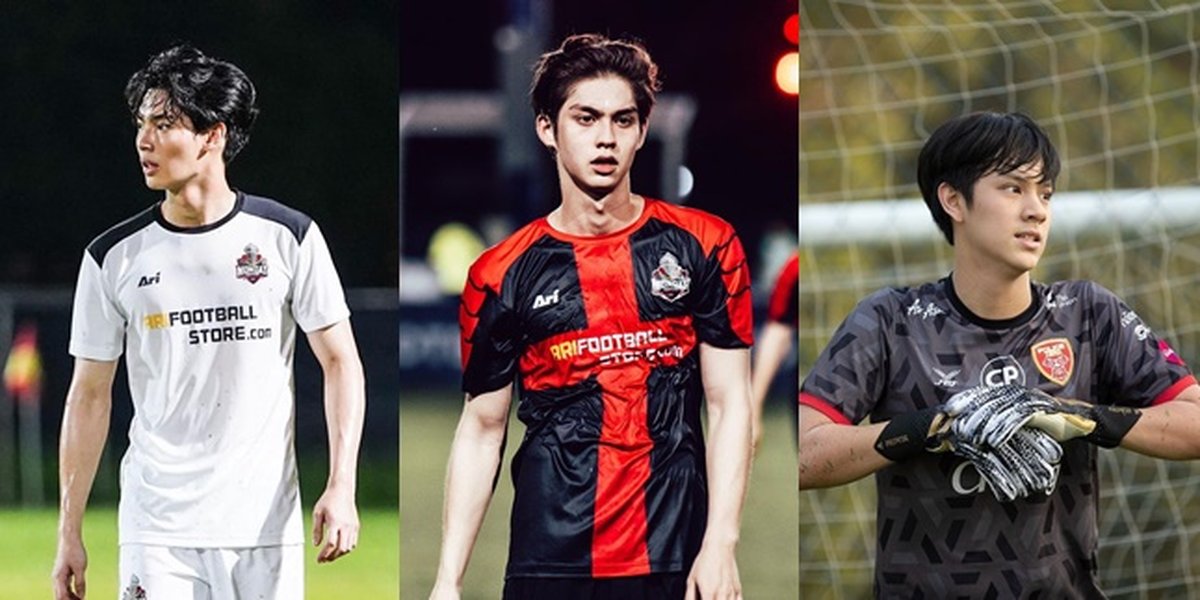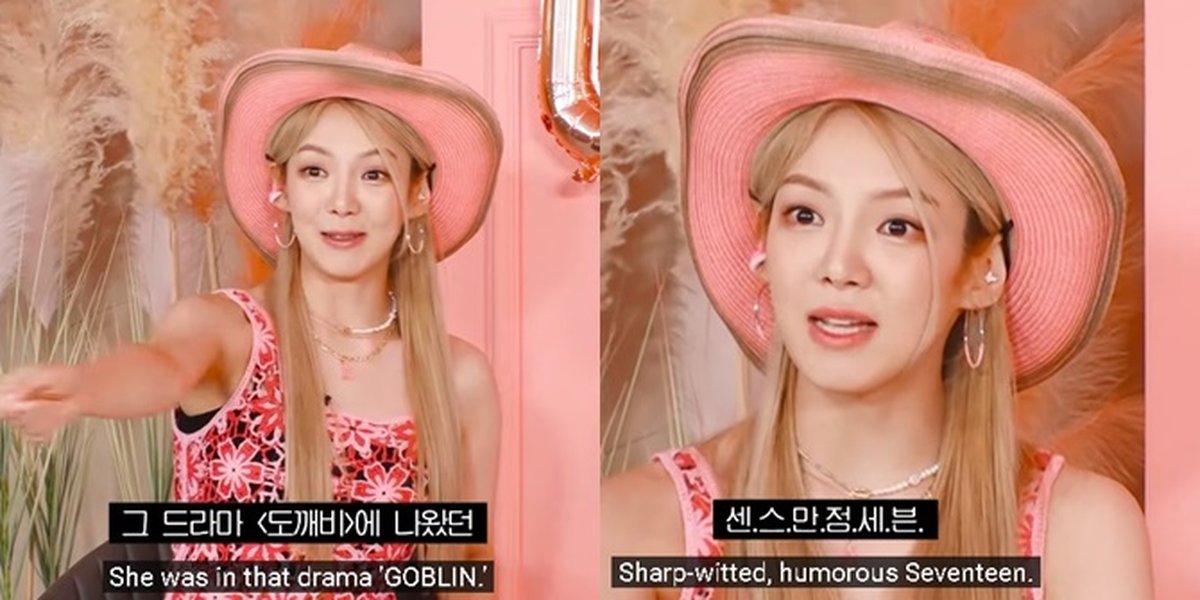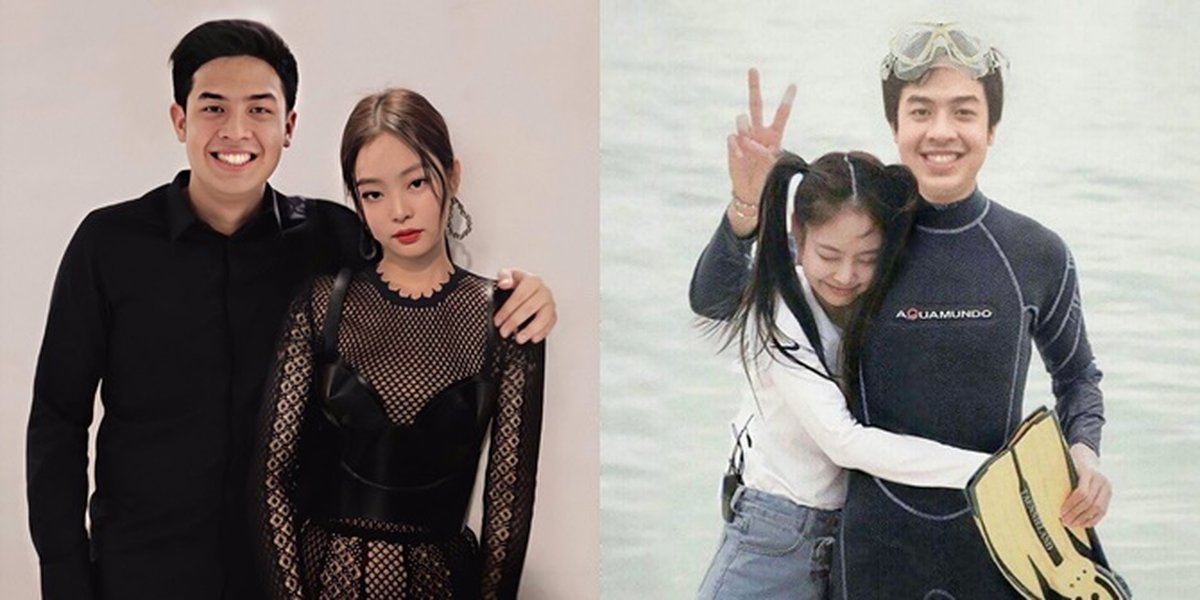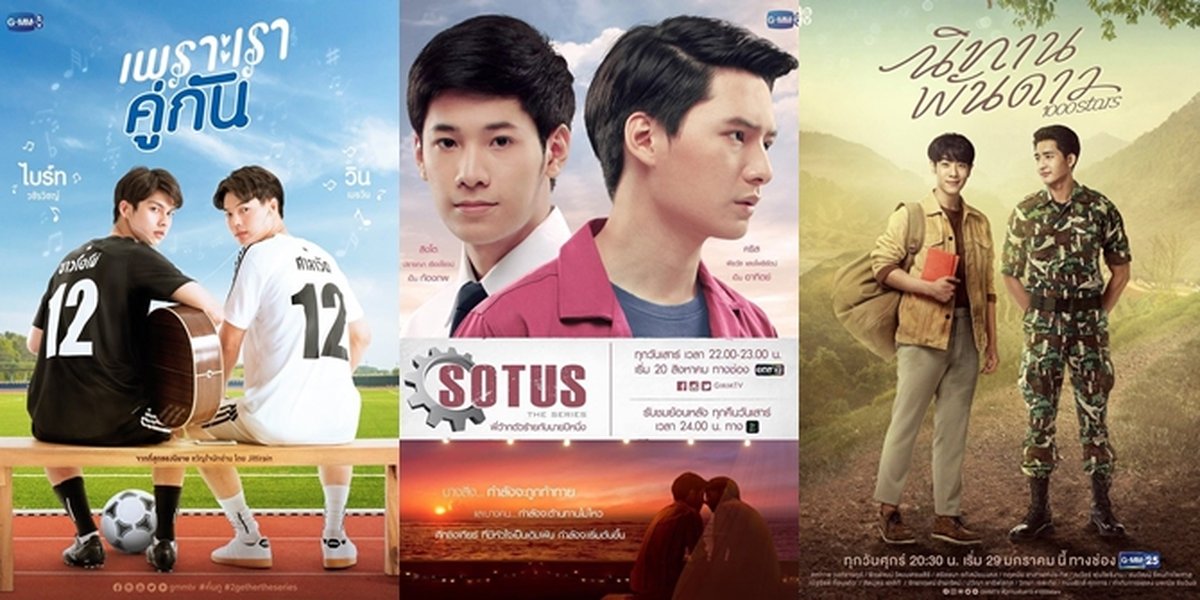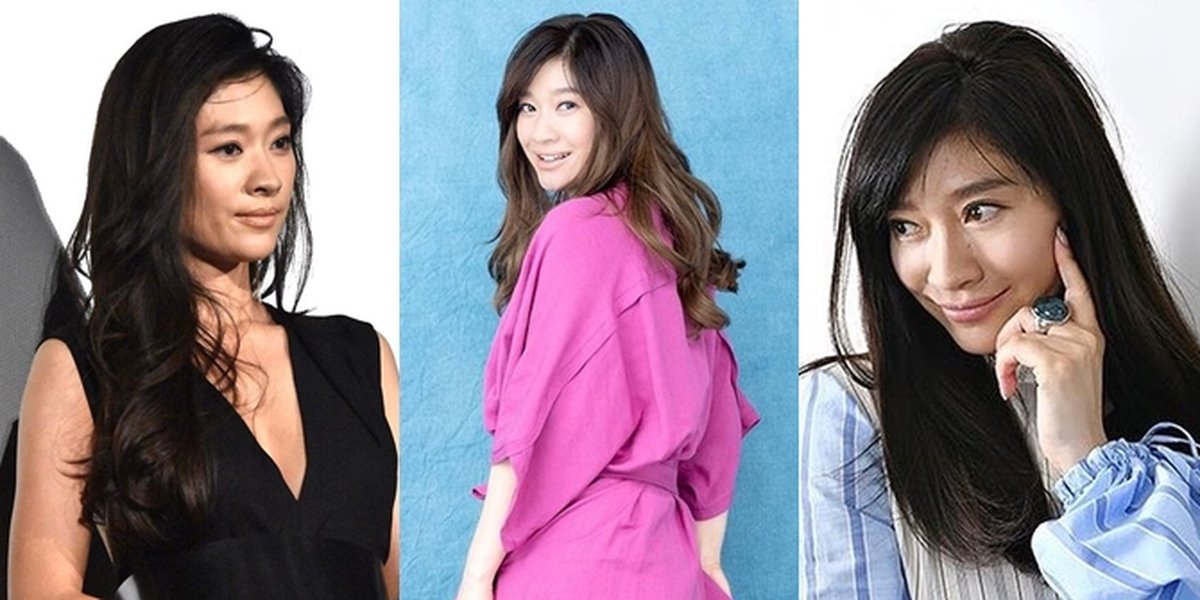Kapanlagi.com - Since ancient times, comics have been greatly loved by people of all ages. Especially with the development of technology, accessing comics has become easier. Both men and women enjoy comics of various genres. One of the most popular genres is romance.
Japan, Korea, and China have released many romance comics with varied and interesting stories to read. Each Japanese comic (Manga), Korean comic (Manhwa), and Chinese comic (Manhua) have their own fans and uniqueness. Many comic fans can differentiate the origin of the comic they read based on the illustrations and storytelling. So, what are the differences between Manga, Manhwa, and Manhua? Check out the following explanation!
1. Plot Story
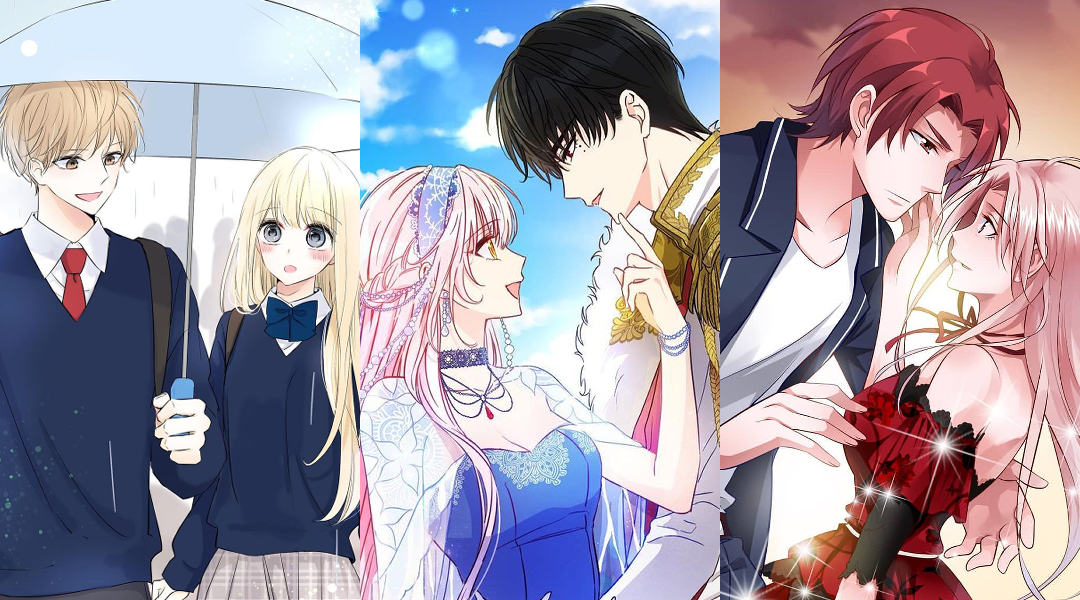
CHOCO LATTE (Source: instagram/ann_u_u), THIS IS AN OBVIOUS FRAUDULENT MARRIAGE (Source: instagram/wpearjuice), One-Night Evil (Source: instagram/mangatoon_ind)
Manga usually carries romance stories about high school teenagers. The stories presented are based on the daily life of Japanese society itself and the themes carried are not far from first love, silent love, or mutual hidden feelings but unable to express and many more. The sweet, light, and direct storytelling focusing on the love story of the characters make manga stories suitable for casual reading.
Unlike manga, manhwa usually tells romance stories among adults such as college students or office workers. However, currently the most popular romance manhwa is the one set in medieval Europe where the characters wear dresses and clothes with a royal theme. Because it carries a royal setting, of course, the stories presented are related to contract marriages, political marriages, revenge, and so on.
Not much different from manhwa, romance stories in manhua usually revolve around the love story of adults. Many manhua carry colossal themes set in ancient China. Most manhua stories are related to the story of the poor and the rich or the weak and the powerful.
2. Comic Format
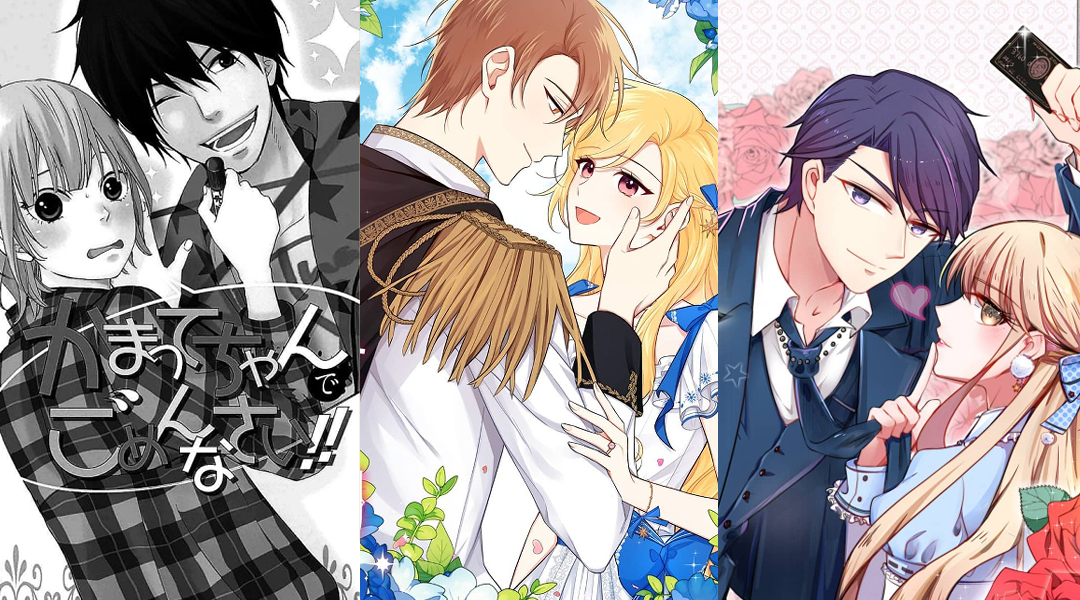
OOKAMI SHOUJO TO KURO OUJI (Source: mangafox), I AM THE CHILD OF THIS HOUSE (Source: instagram/cotto_on), TROUBLE WITH THE PRESIDENT (Source: instagram/mangatoon_ind)
Manga is more synonymous with print format like books with black and white colors. However, it cannot be denied that due to technological advancements and the popularity of digital comics (webtoon), there are also many romance genre manga that venture into the online world. Of course, the presented images are also in color.
Meanwhile, manhwa is more synonymous with its digital format that can be directly read through smartphones. The presented images are also in color and not monochrome like manga. It is Korean comics that popularized the current known digital comic format called webtoon.
As for manhua itself, following the existing technological developments, manhua also tends to use digital format. Since long ago, manhua has been quite well-known for its colored comics. Currently, with more varied colors, many manhua are venturing into the webtoon world.
3. Panel Arrangement
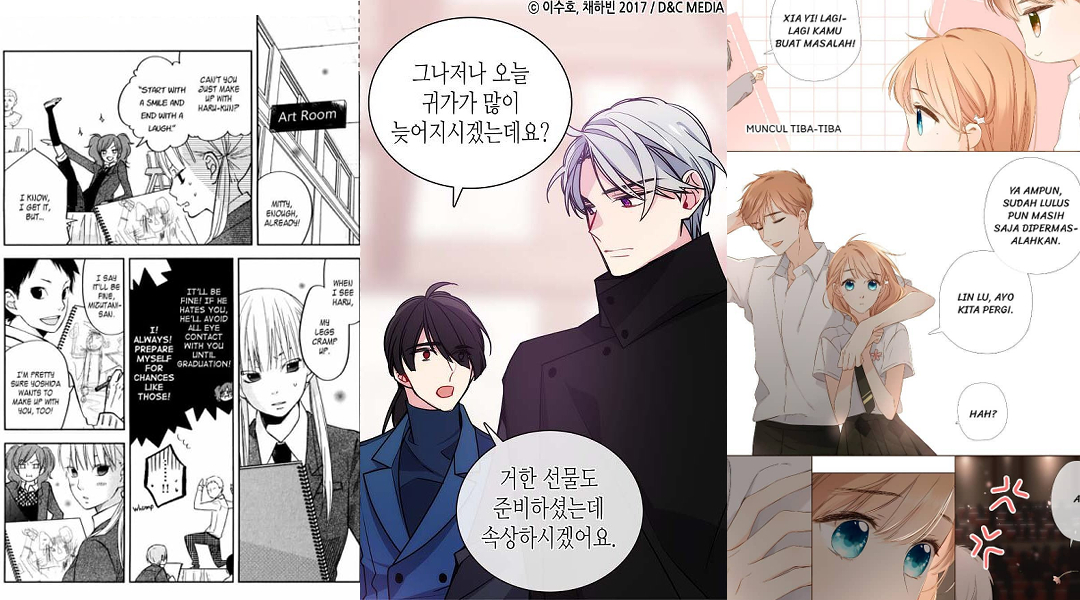
TONARI NO KAIBUTSU-KUN (Source: instagram/mangafox), LA DOLCE VITA DE ADELAIDE (Source: instagram/leesuho_ss), LOVE LIKE CHERRY BLOSSOM (Source: instagram/mangatoon_ind)
Because it tends to use print format, the placement of manga panels is usually dense on one page. Usually, one manga page consists of 4-8 panels. The reading direction starts from right to left. However, for manga with webtoon format, panels will be arranged from top to bottom, following the digital reading habit of scrolling down.
Unlike manga, manhwa, which is popular with its digital format, adapts to the digital reading format. Since it is often read through smartphones, manhua reading format is also from top to bottom. Panel arrangement is also made spacious between one panel and another so that readers do not feel 'congested' when reading. Usually, in one chapter there are about 40-90 panels.
Then, for manhua itself, panels are also arranged from top to bottom like the webtoon format in general. However, it can be seen clearly that the distance between one panel and another is quite close without making the readers feel 'congested'. In manhua, there are usually about 40-60 panels per chapter.
4. Application of Colors
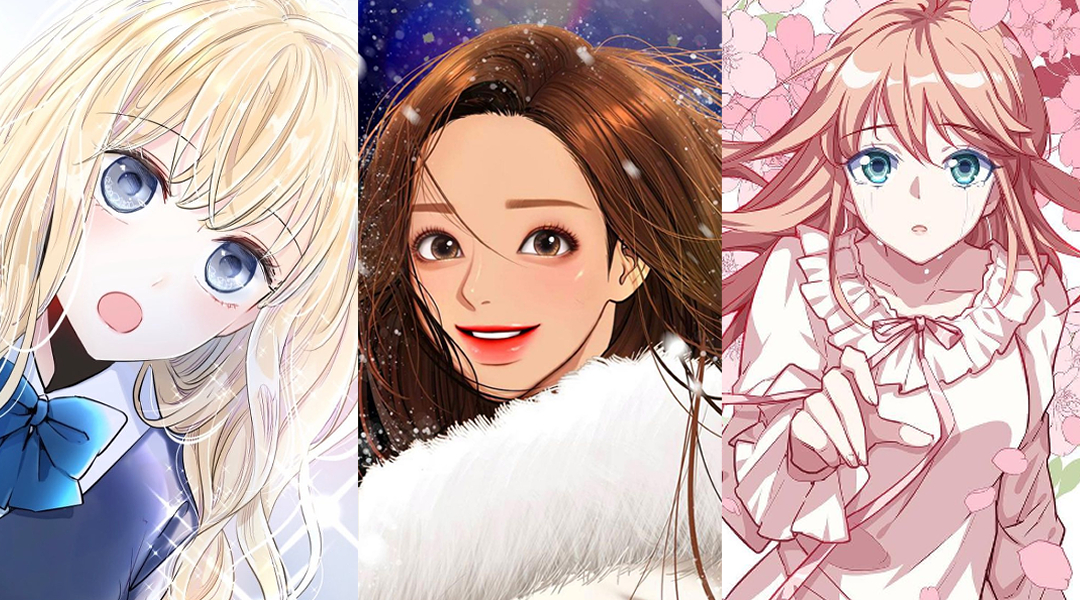
CHOCO LATTE (Source: instagram/ann_u_u), TRUE BEAUTY (Source: instagram/meow91_), BOSS' VERY HOT SUMMER (Source: instagram/mangatoon_ind)
As we know, manga is more familiar with its black and white colors. However, if we look at the comic book covers and webtoon versions, Japanese comics often use pastel colors. The soft colors used in romance manga certainly add a cute and sweet impression that indulges the eyes of the readers.
Contrary to manga, manhwa tends to use eye-catching colors. The colors used are quite bright. However, due to the suitable color combinations, these bright colors can appear more beautiful, lively, and can indulge the eyes of its fans.
Not much different from manhwa, Chinese comics also use quite eye-catching colors. The most noticeable difference lies in the lighting technique. For manhwa, the characters and backgrounds displayed have a sparkling aura, making the presented images appear as if they are shining.
5. Character Drawing

LOVE DOESN'T TALK manga (Source: instagram/ann_u_u), SUDDENLY I BECAME A PRINCESS (Source: instagram/spoon_1122), NO WAY, MY BEST ACTRESS WIFE (Source: instagram/mangatoon_id)
Female characters in manga are mostly depicted as cute, sweet, and often associated with big eyes. Meanwhile, male characters are depicted with slim bodies and less prominent muscles. Usually, the male character's eyes are also made slightly larger. The use of thick and thin lineart in some parts of their bodies is a characteristic of manga.
In Korean comics, the portrayal of the characters' facial features is usually drawn semi-realistically, although there are some exaggerated parts like manga. The female characters are depicted as having slender bodies with a slender face, giving an elegant impression. On the other hand, male characters are shown with muscular bodies, which is certainly a plus point for the popularity of a manhwa. Generally, the lineart used for the characters tends to be thick, although some parts may appear thinner.
Lastly, manhua seems to have a combination of manga and manhwa. Female characters in manhwa are usually depicted with cute faces and slim bodies. Meanwhile, male characters are portrayed with slim muscular bodies. One thing that can usually be seen from the depiction of manhua characters is the use of thin lineart in almost all parts of their bodies.
Well, those are the differences between Japanese comics (manga), Korean comics (manhwa), and Chinese comics (manhua). Which one is your favorite comic?
Written by: Ursea Mayoriska
(kpl/mag)
Disclaimer: This translation from Bahasa Indonesia to English has been generated by Artificial Intelligence.






